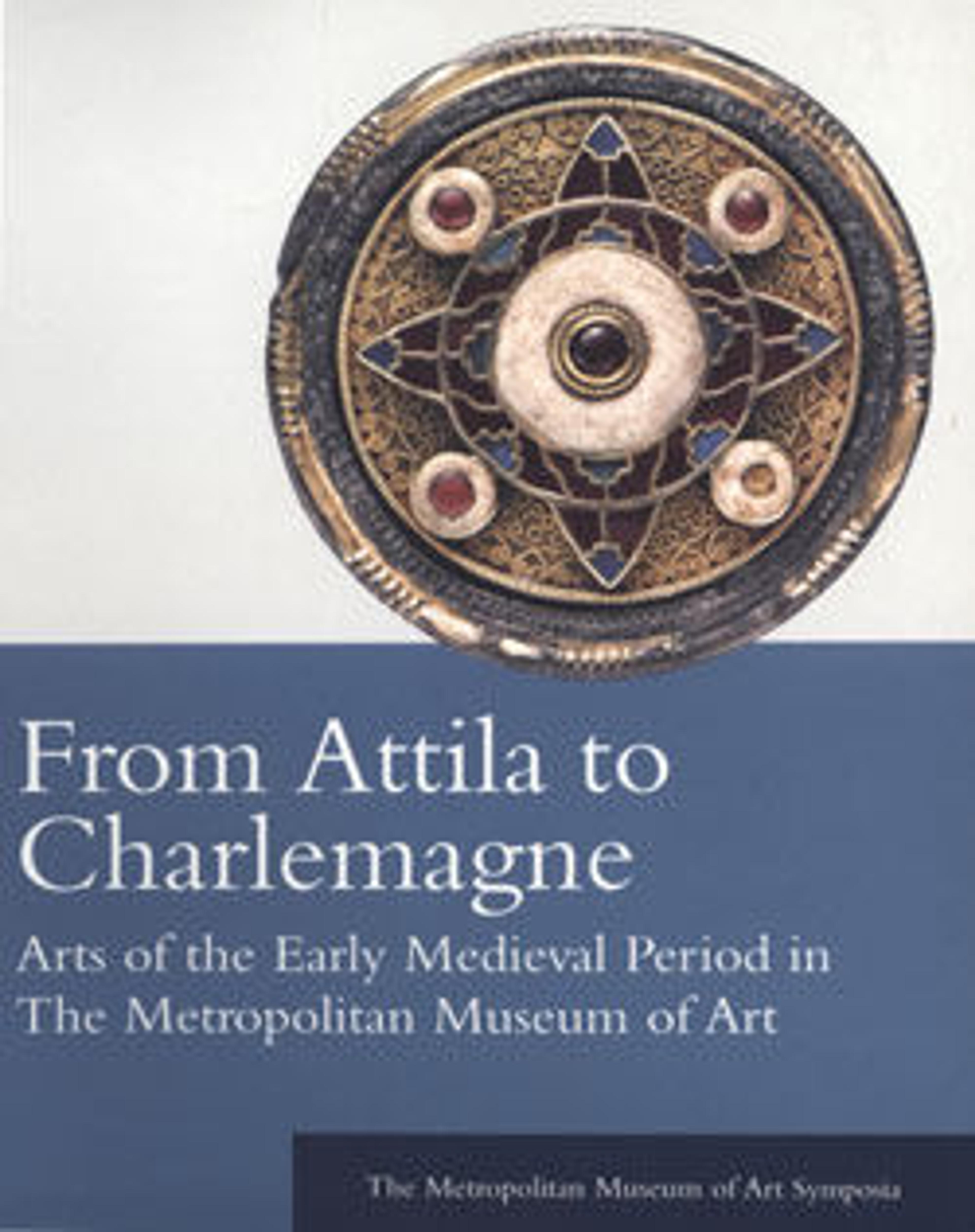Square-Headed Bow Brooch
This brooch displays the Anglo-Saxon preference for lavish decoration, with a particular emphasis on fantastic animal forms. Dividing the foot is a strip of niello (a black substance containing silver, copper, lead, and sulphur) terminating in an animal’s head, and above the foot is a pair of stylized animal heads with gaping jaws.
Artwork Details
- Title: Square-Headed Bow Brooch
- Date: 500–600
- Culture: Anglo-Saxon
- Medium: Gilded copper alloy inlaid with niello
- Dimensions: 5 3/8 in. × 3 in. × 15/16 in. (13.6 × 7.6 × 2.4 cm)
- Classification: Metalwork-Copper
- Credit Line: Purchase, Rogers Fund, and Alastair B. Martin, Levy Hermanos Foundation Inc. and J. William Middendorf II Gifts, 1985
- Object Number: 1985.209
- Curatorial Department: Medieval Art and The Cloisters
More Artwork
Research Resources
The Met provides unparalleled resources for research and welcomes an international community of students and scholars. The Met's Open Access API is where creators and researchers can connect to the The Met collection. Open Access data and public domain images are available for unrestricted commercial and noncommercial use without permission or fee.
To request images under copyright and other restrictions, please use this Image Request form.
Feedback
We continue to research and examine historical and cultural context for objects in The Met collection. If you have comments or questions about this object record, please contact us using the form below. The Museum looks forward to receiving your comments.
